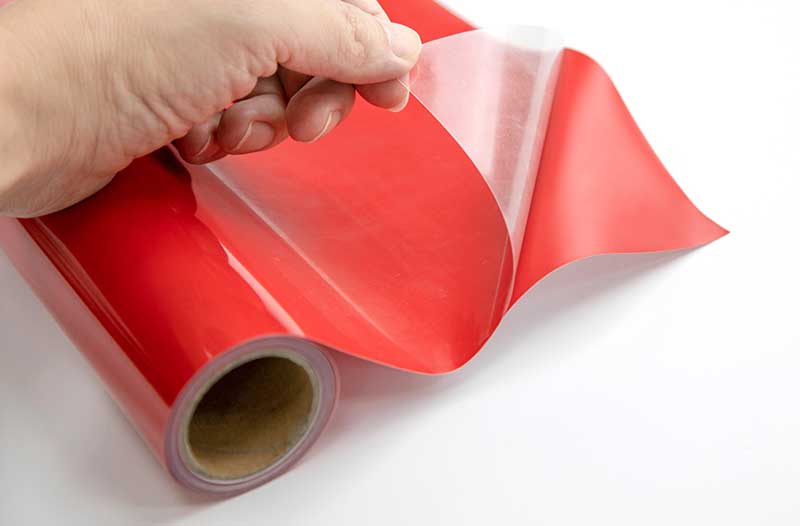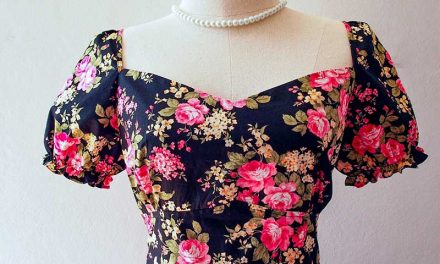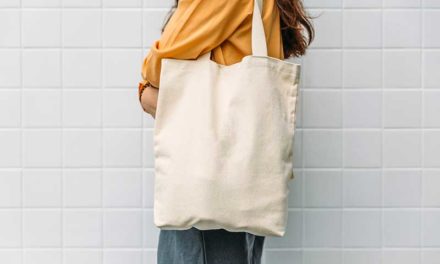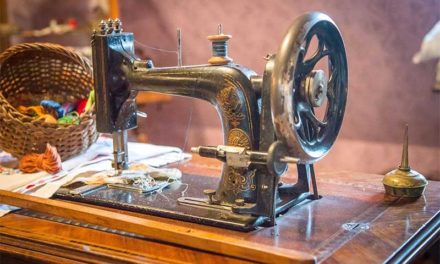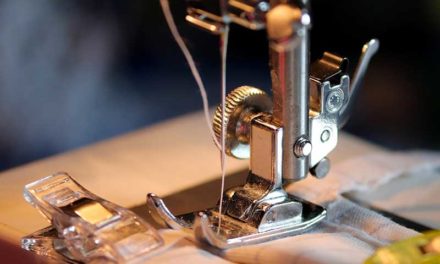As you start to build your sewing experience and experience, you will likely be interested in making projects using vinyl. For most people, the idea of sewing vinyl can be daunting. Fortunately, this guide on how to sew vinyl can help you throughout the process.
Vinyl comes in a wide array of textures, weights, and finishes, making it an excellent fabric to use on many outdoor and indoor projects. You’ll be able to create just about anything with it, from bags and raincoats to patio furniture. And with some tips and tweaks to your good old sewing machine, you’ll be making incredible projects using vinyl in no time.
Table of Contents
What Is Vinyl Fabric?
Generally, vinyl refers to any type of woven fabric made of plastic or with a plastic coating. Vinyl fabric is different from craft vinyl. Its plastic coating is made to look like cloth, faux leather, oilcloth, laminate, and chalk cloth.
You can cut it into all sorts of shapes and attach it to your project using heat or pressure. On top of that, vinyl fabrics are durable, flexible, water-resistant, and cheaper. Hence, sewing with it is quite popular, notably for heavy-duty projects.
Different Types Of Vinyl
Faux leather
This type of water-resistant vinyl is available in a wide variety, from animal hides that look like the real thing to shiny pleather. You can find in it endless prints, colors, and textures. What’s more, some artificial leather even has a textured cloth backing while some have a woven fabric and less thick.
Laminated vinyl fabric
Laminated vinyl is a tightly woven, cotton fabric with higher quality. It also has a thin layer of polyurethane film over its top. This serves as a protection from wear and water while still providing the cotton fabric an excellent drape. Usually, laminated vinyl fabric is used to make patio furniture and outdoor tablecloths.
Oilcloth
You can find this smooth and slick material in colorful, bright prints. Because of its durability, flexibility, and water resistance, oilcloth is great for sewing baby bibs and raincoats. There are also modern oilcloths, which are a cotton mesh coated with a thick layer of PVC.
Chalk cloth
This is somewhat heavier in weight than oilcloth. Also, it is coated with a wipeable, chalkboard finish. Chalk cloth enables you to write and rewrite whatever you want right on the fabric itself. The thick material is an excellent choice for craft projects and other home decors. However, it does not drape well for clothing.
Upholstery vinyl
This kind of vinyl has a thicker, slightly padded backing, making the overall weight of the fabric more long-lasting. It is often a bit expensive in comparison to faux leather. Nevertheless, it is usually made to look like artificial leather.
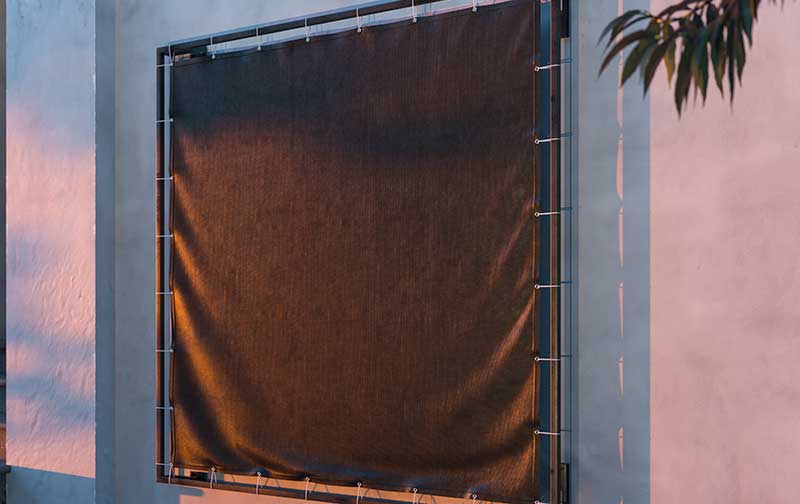
How To Sew Vinyl Using A Basic Sewing Machine
The Correct Presser Foot
Because vinyl fabrics tend to grab and cling to the bottom of a basic presser foot, you will want to switch it out to another alternative. It is advisable to use a walking foot because its additional set of feed dogs can help guide your fabric through your sewing machine more easily. Likewise, it is ideal for working with thicker fabrics and heavier-weight projects in general. If your project needs sewing through several heavy vinyl layers, make sure to have a walking foot ready.
Other options you have are a non-stick Teflon foot and roller foot. These presser feet can improve the ability of your fabric to slide through your sewing machine without hassle. If you don’t have any of these, you may try sticking some basic, gift-wrapping tape across the bottom of your metal presser foot. This will create a smoother surface for your vinyl fabric to glide across, making it easier on your machine.
Choose The Right Needle
The weight of vinyl is heavier than other fabrics. That’s why you want to use a needle specially designed to handle the additional thickness without breaking. Before beginning your next project, prepare your sewing machine with a denim or leather needle with a 90/14 size. You can also use a denim twin needle to create perfectly symmetrical stitches.
Best Thread for Sewing Vinyl
Use a heavy-duty sewing thread to ensure everything is kept together. If your project starts to get thick, avoid backstitching. Also, tie the threads at the end to prevent unraveling.
Stitch Length for Vinyl
Vinyl is mostly made of plastic. Therefore, it can be prone to tearing once you sew it with the stitches are close together. To make your project last longer, widen your stitch length to 3.0 or longer and avoid tearing altogether. Your vinyl fabric will be stronger the longer the stitch length.
Tips On Vinyl Patterns
When learning how to sew vinyl, it’s vital to keep in mind that since its plastic coating will display permanent punctures, you must avoid working with sewing pins. Instead, opt for quilting clips or binder clips as much as possible. These clips will hold your pattern pieces together with ease and not slip, as well as not damage your fabric’s integrity.
Additionally, it is recommended to use a tailor’s chalk when marking your pattern pieces instead of a washable pencil. That’s because the vinyl’s surface can be porous, and chalk tends to wipe off easier than other options.
Lastly, when cutting pattern pieces from vinyl, you can achieve exceptionally smooth, crisp lines if you’ll use a rotary blade. A pair of scissors will do if you don’t have one. However, the continuous blade of a rotary cutter will create a smoother finish on raw edges.
Pressing Tips
A hot iron will melt your vinyl fabric instantly. So make sure to avoid ironing vinyl whenever you can. Some vinyl fabrics advise ironing them on a low setting or the wrong side. Although these are fine, you may want to avoid risking your fabric altogether.
Instead, consider using a rubber mallet or a leather press roller to press the seam allowances open. If your vinyl fabric is still not staying in place, try utilizing a standard leather adhesive and a leather edge press roller to permanently press seam allowances into place.

